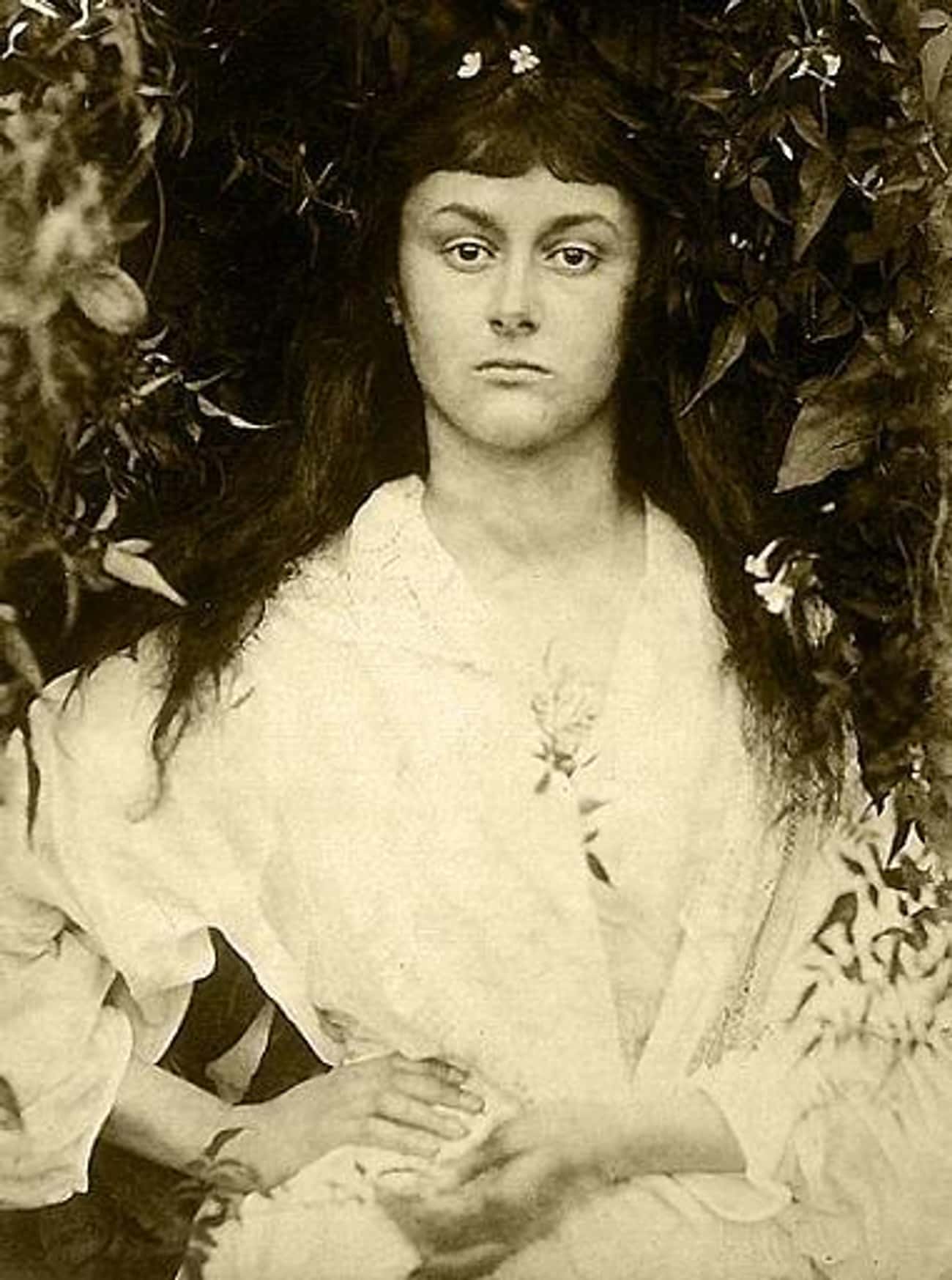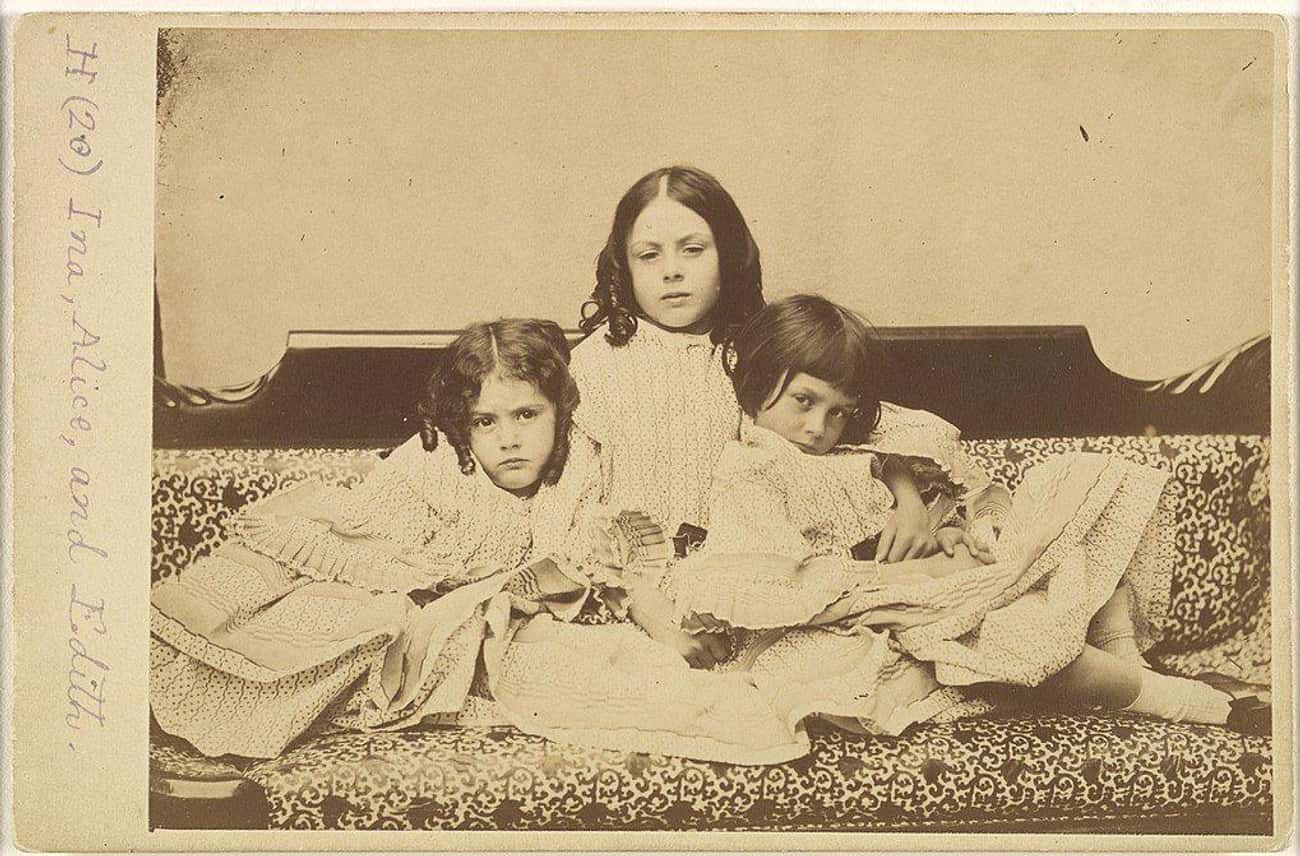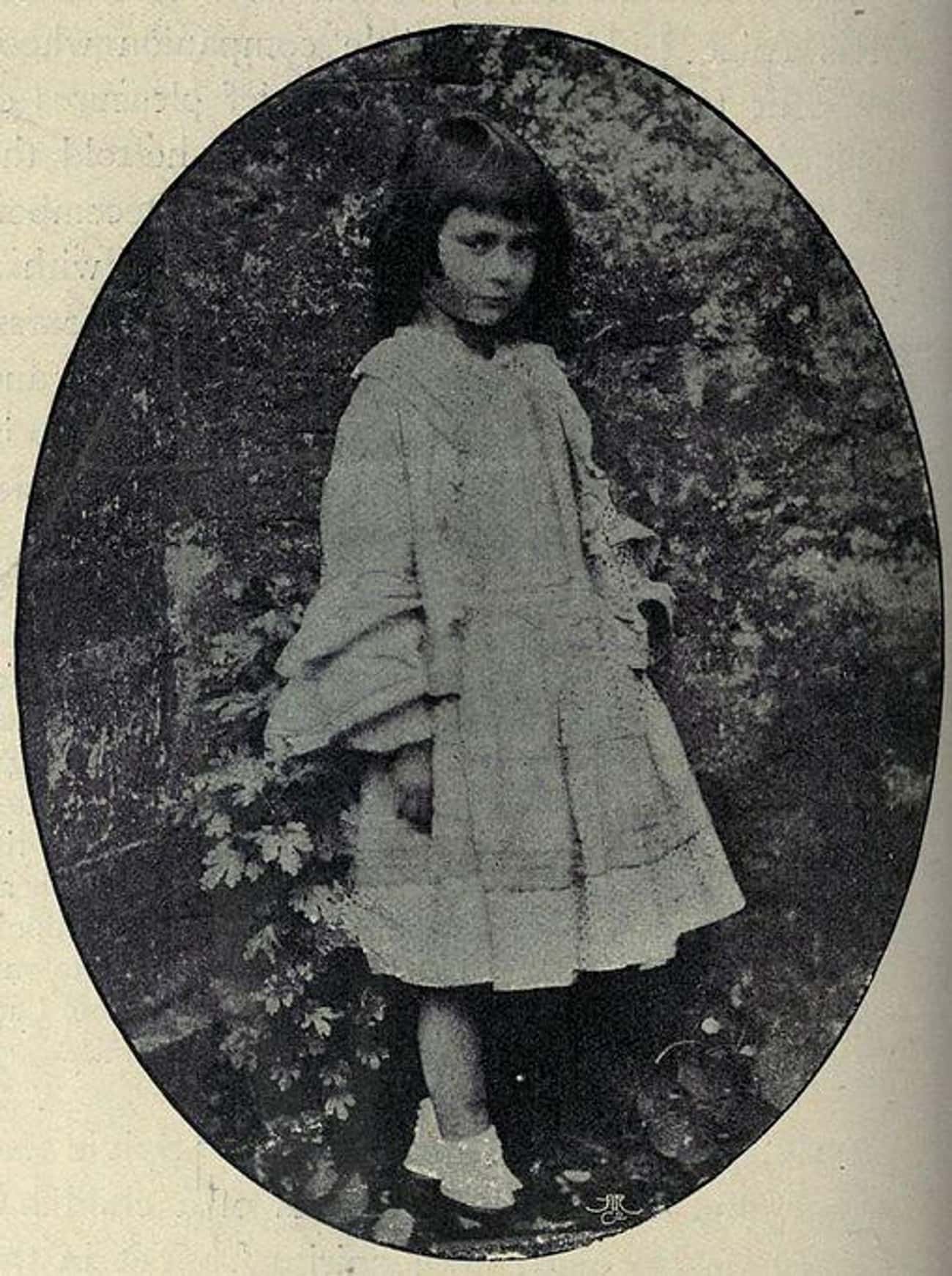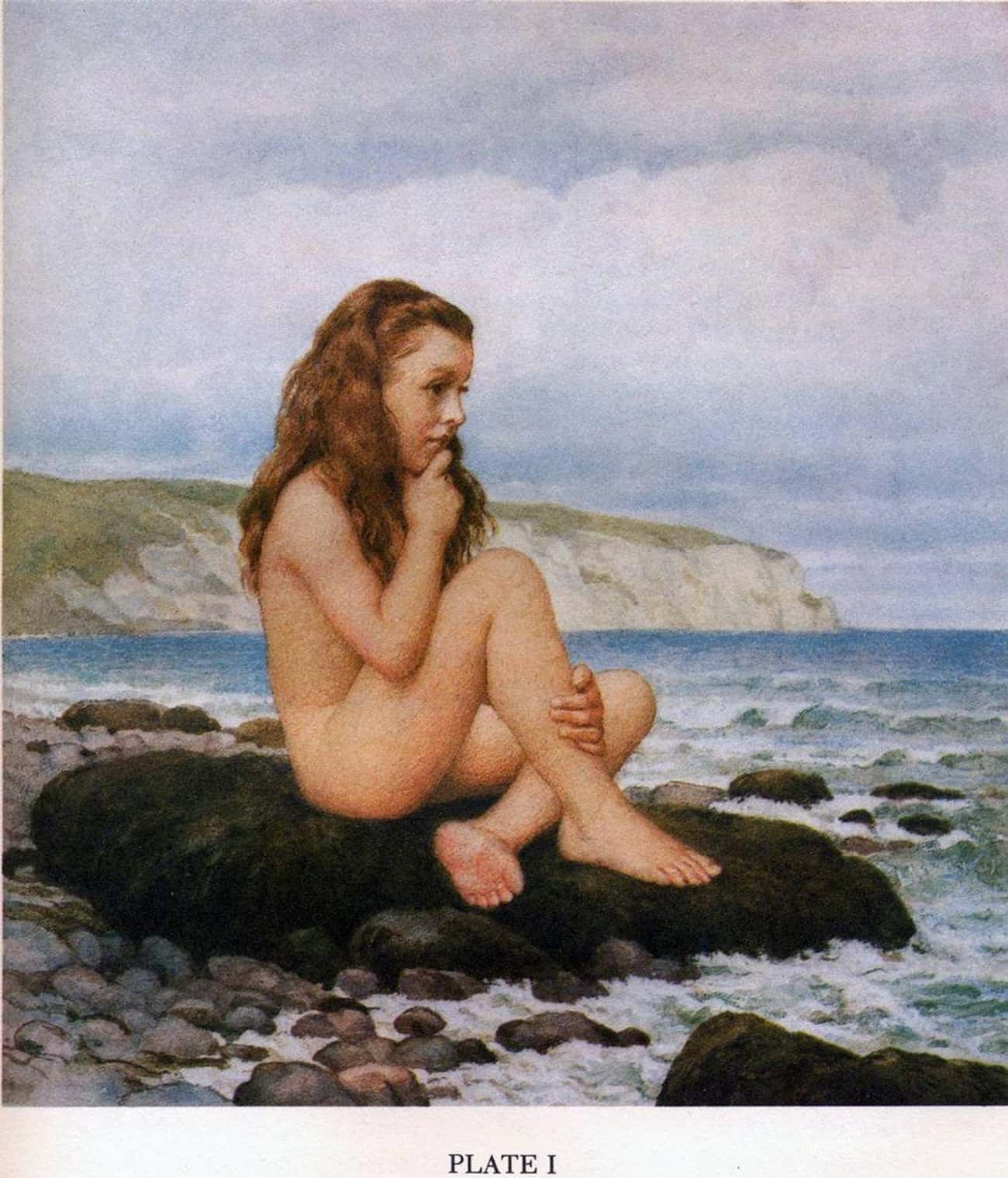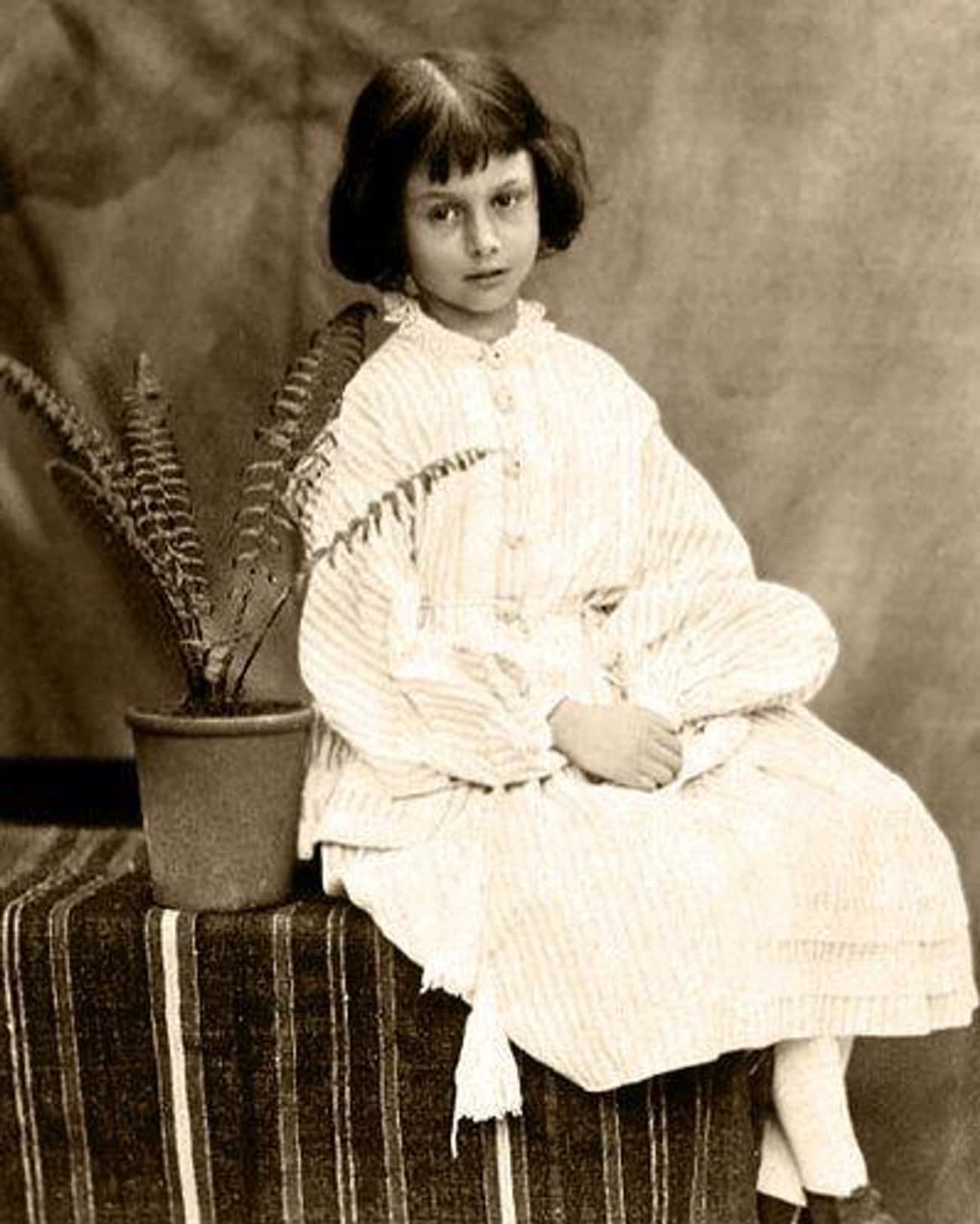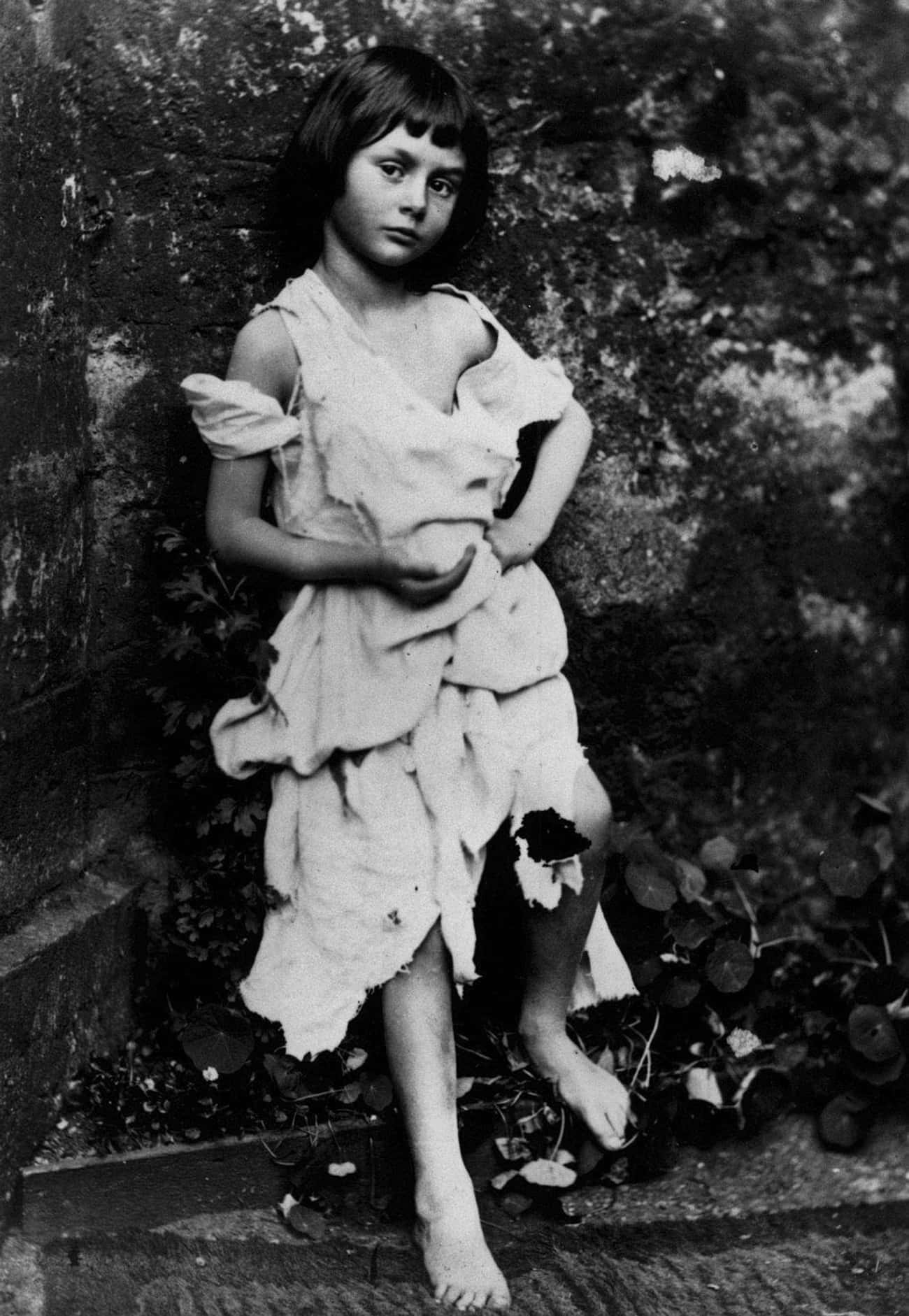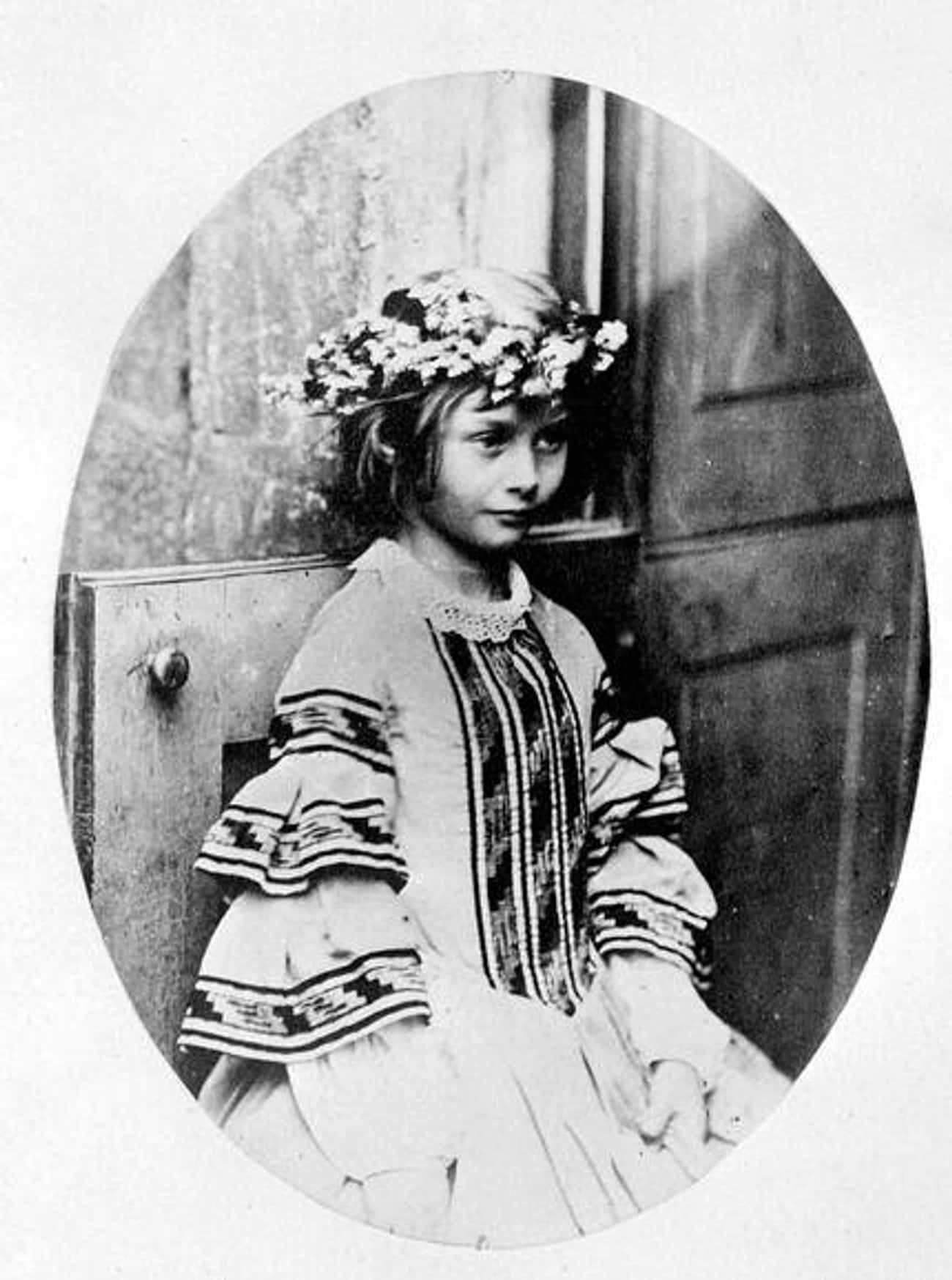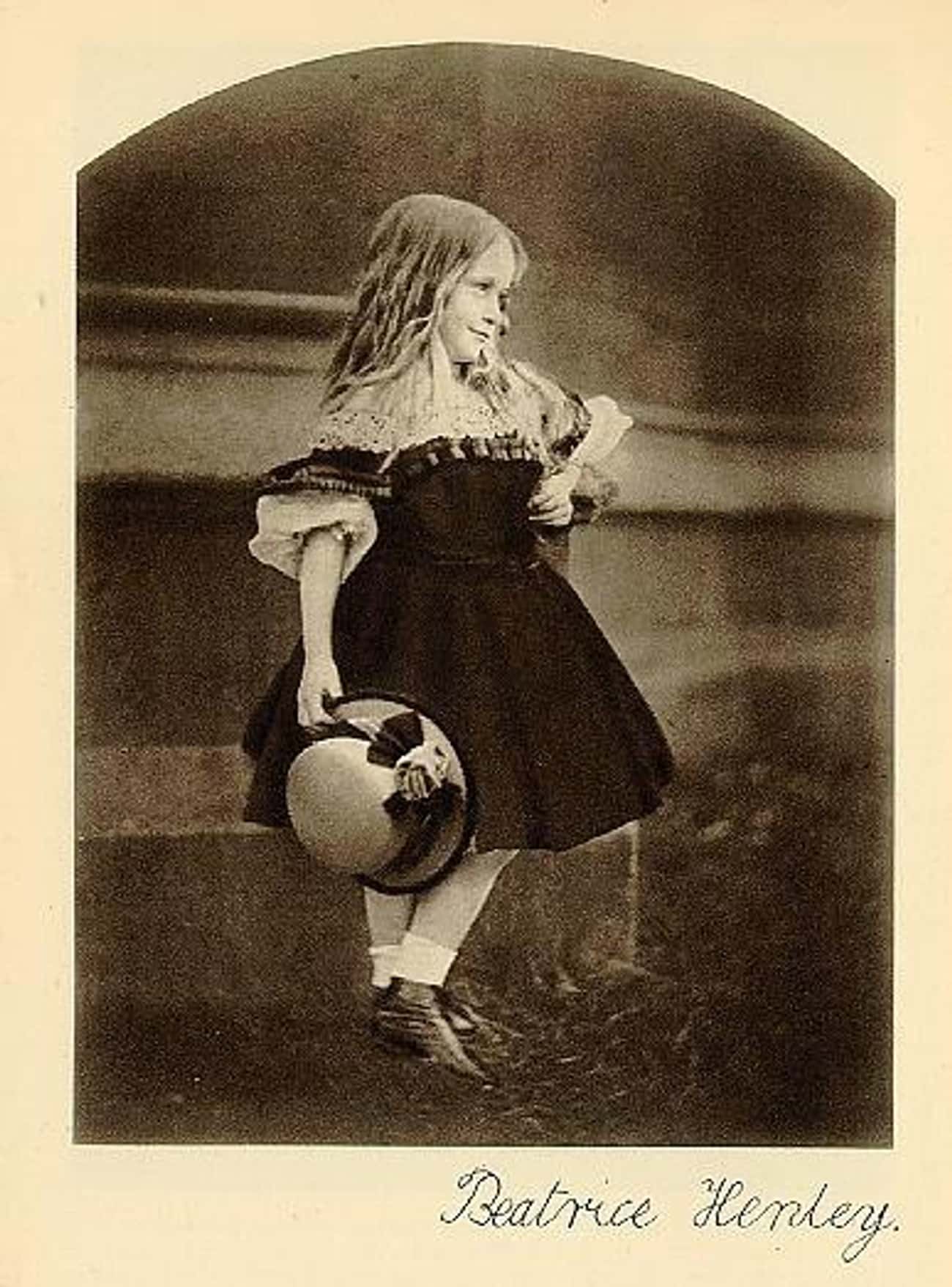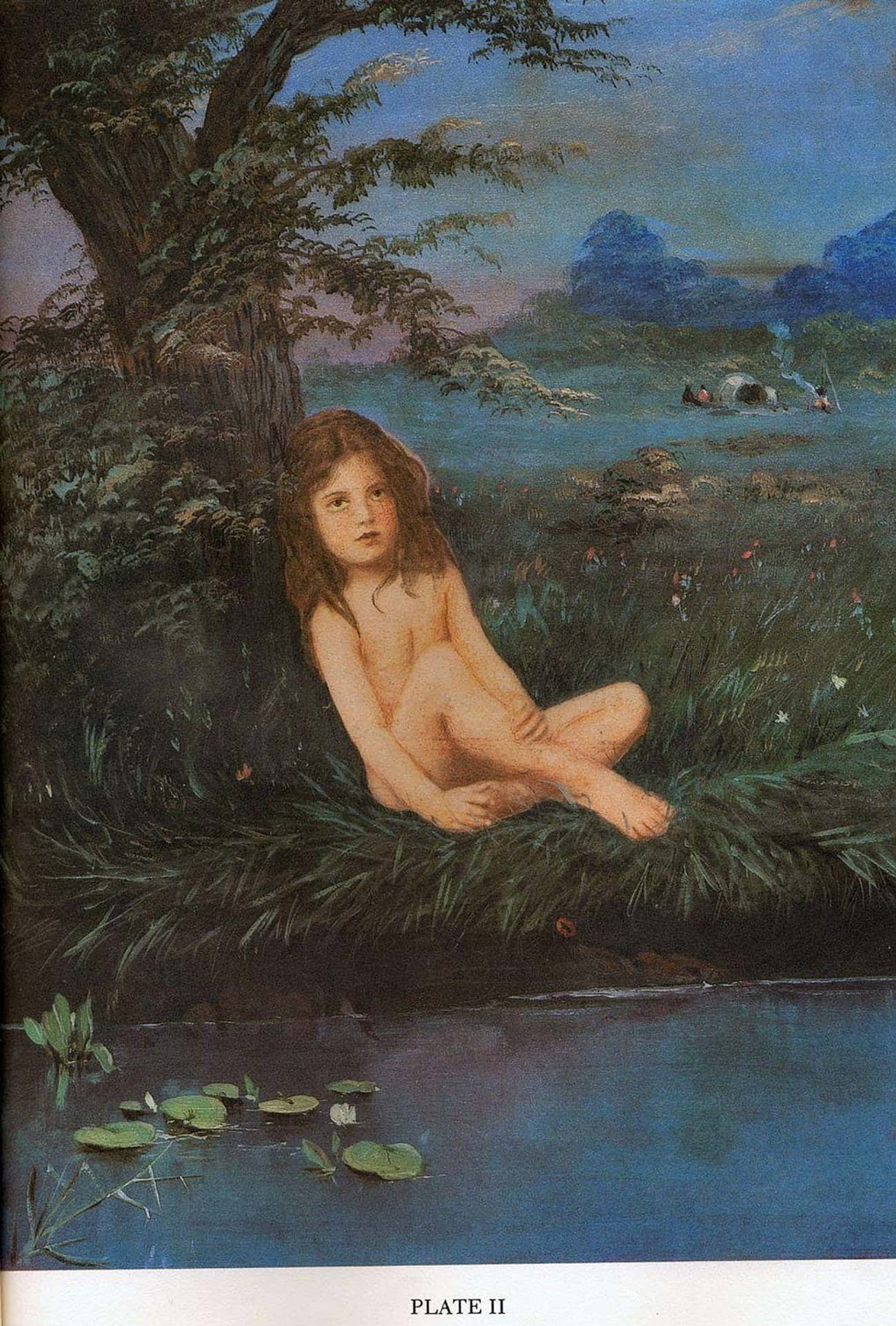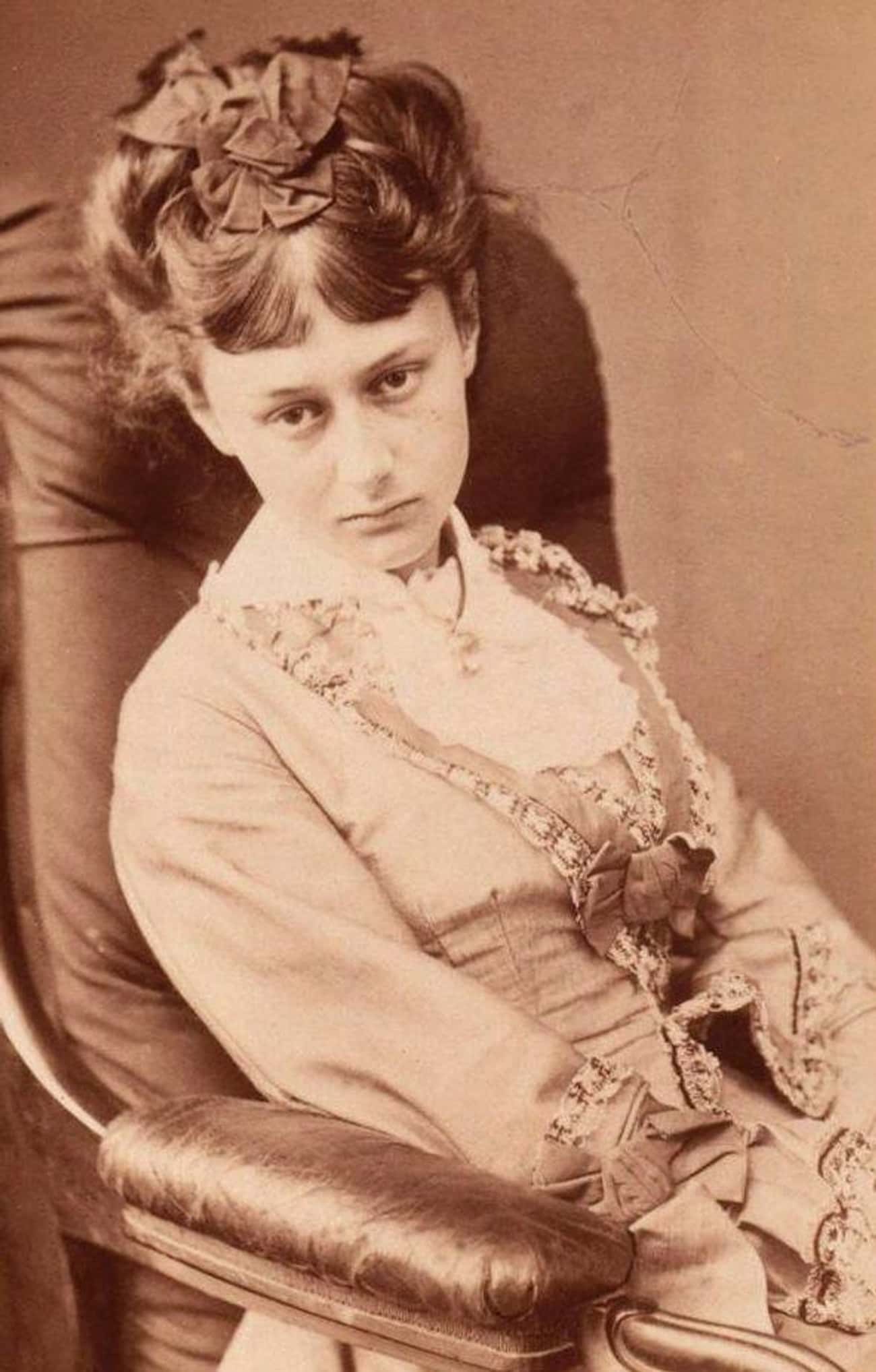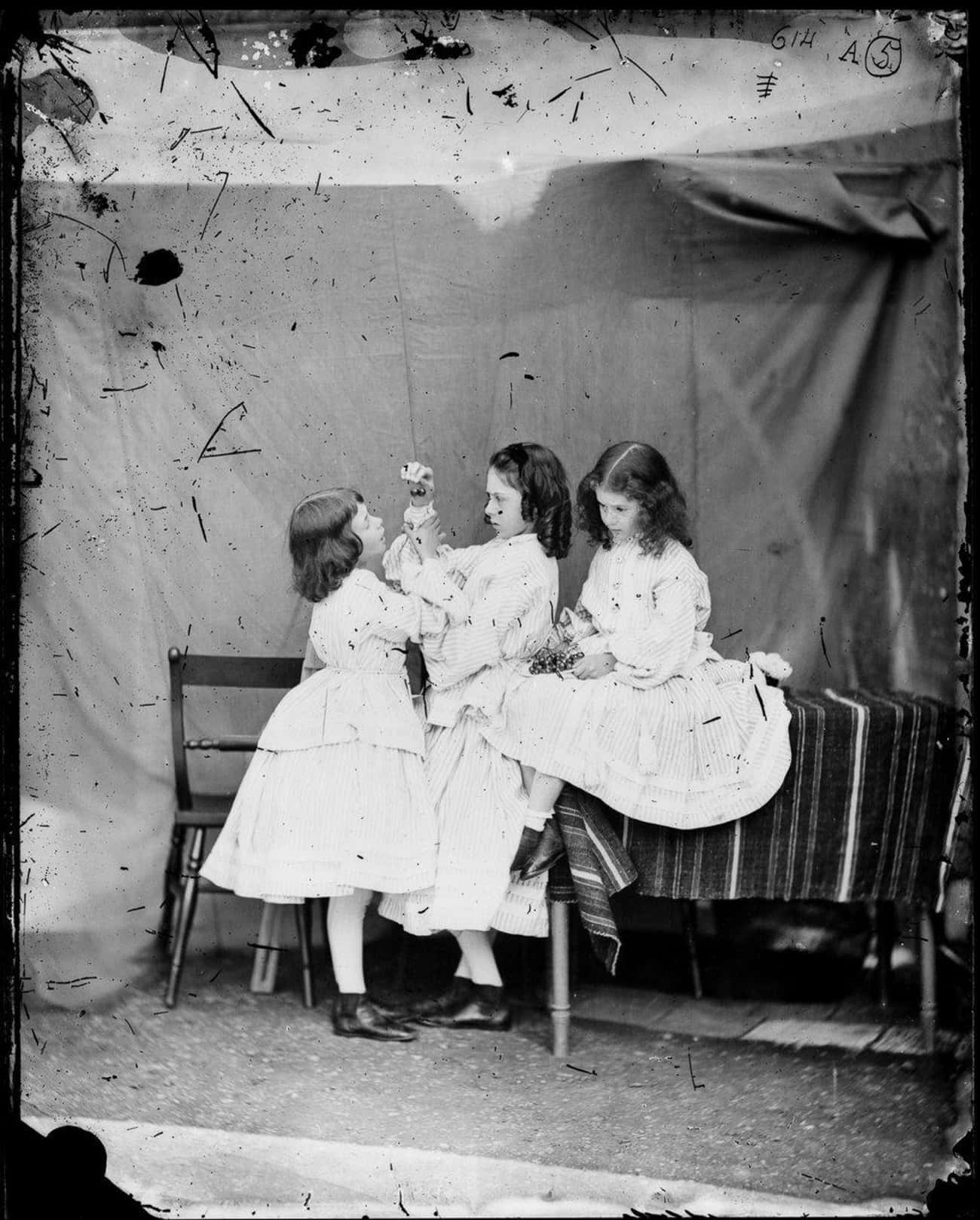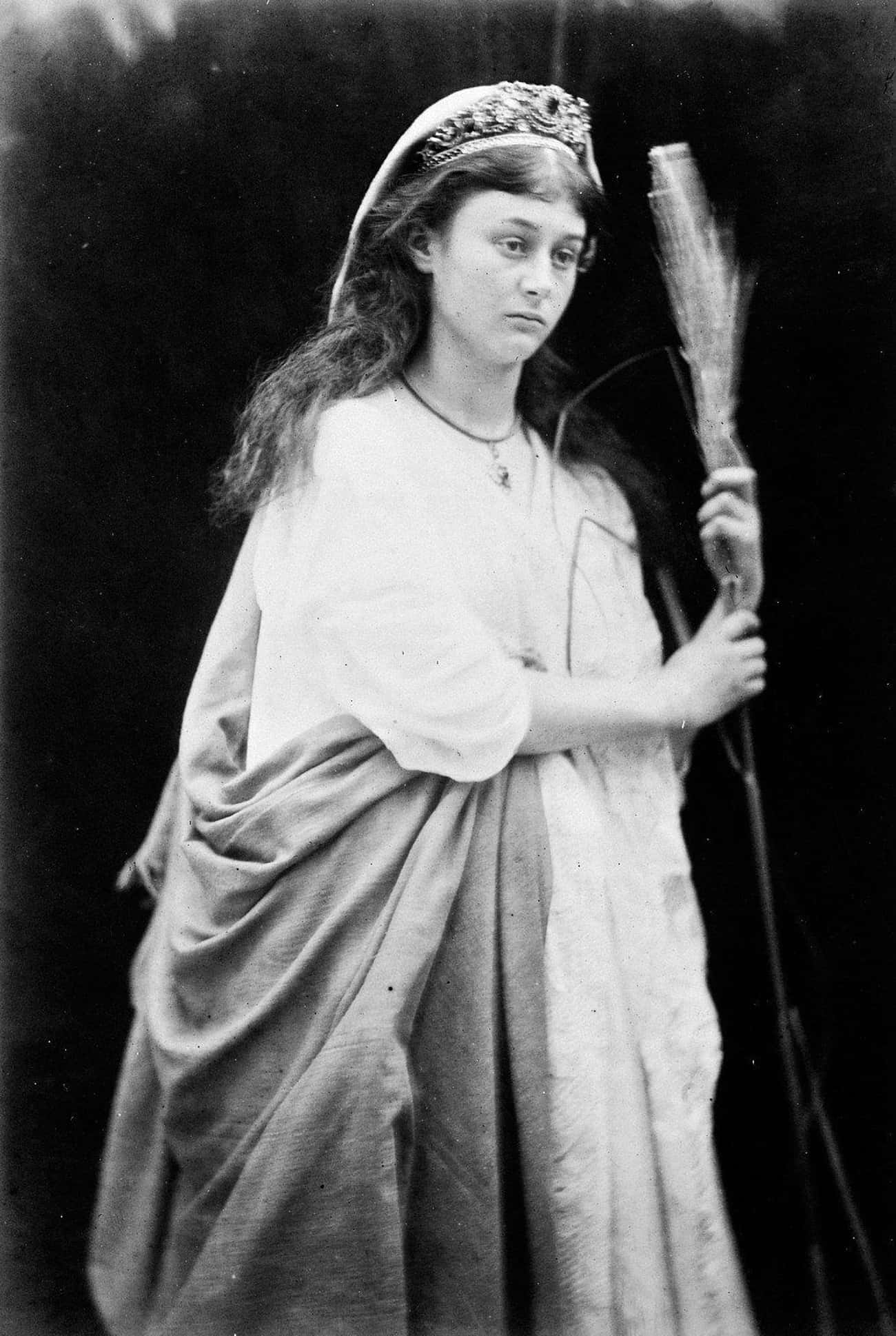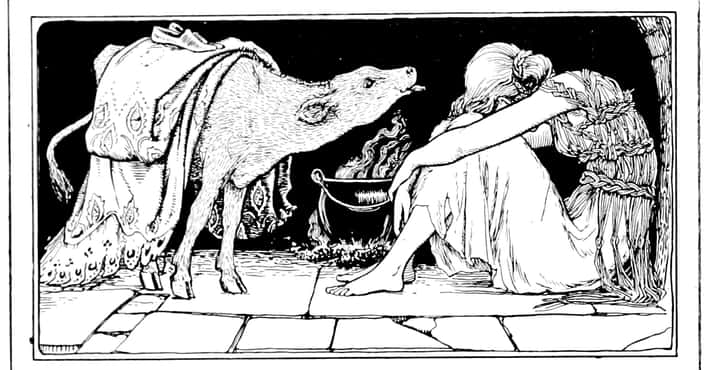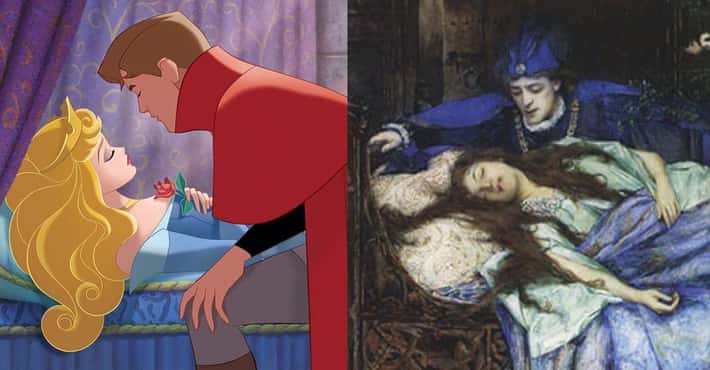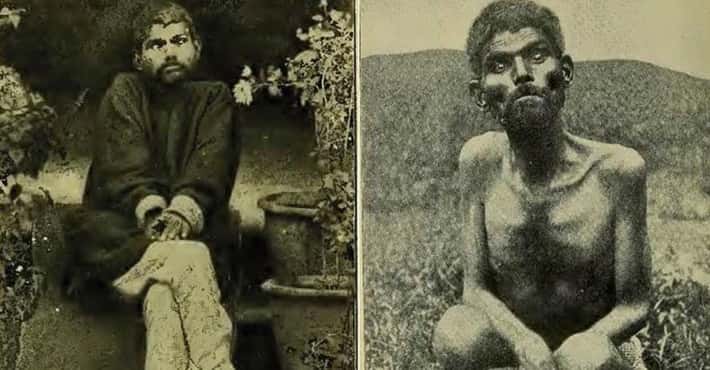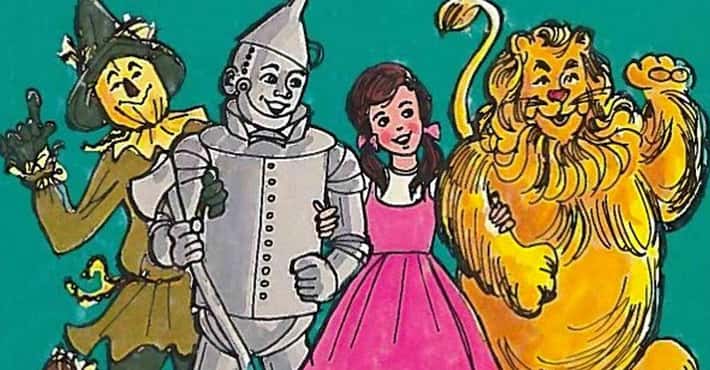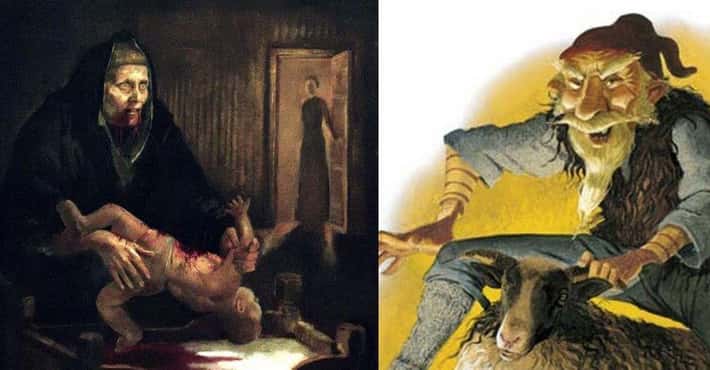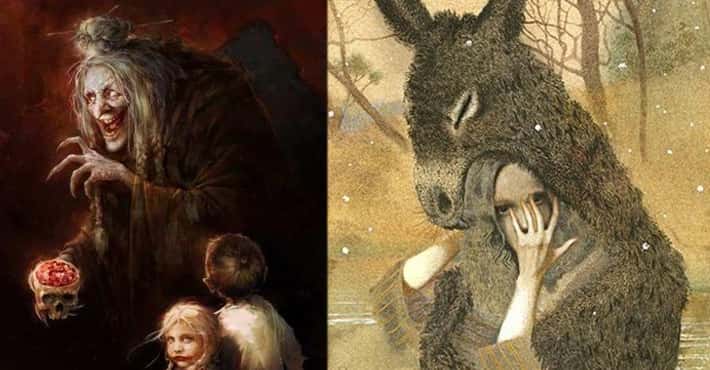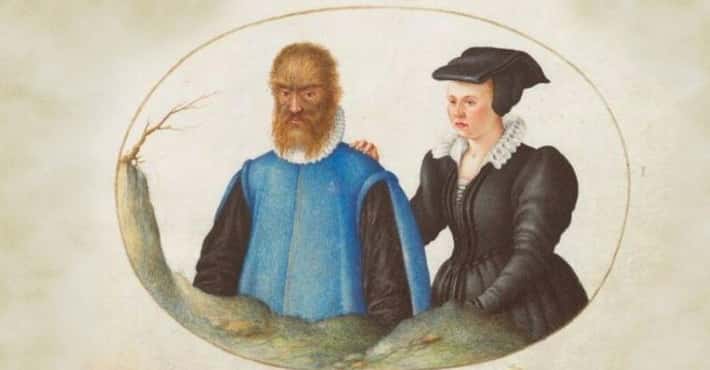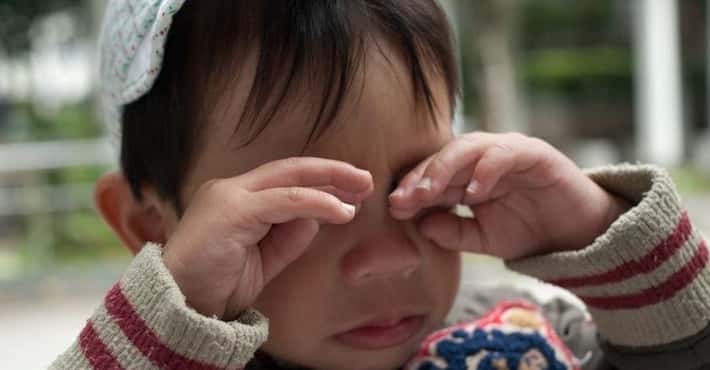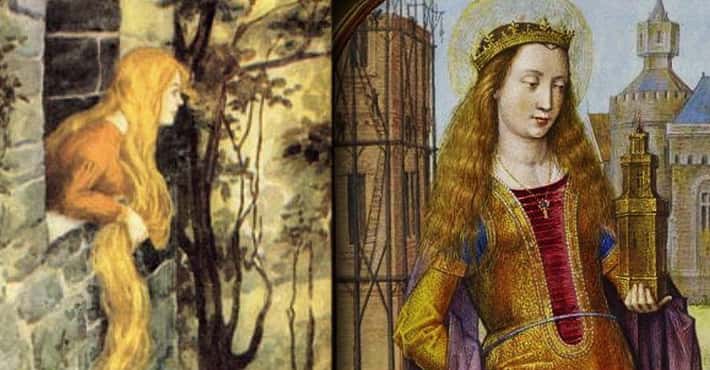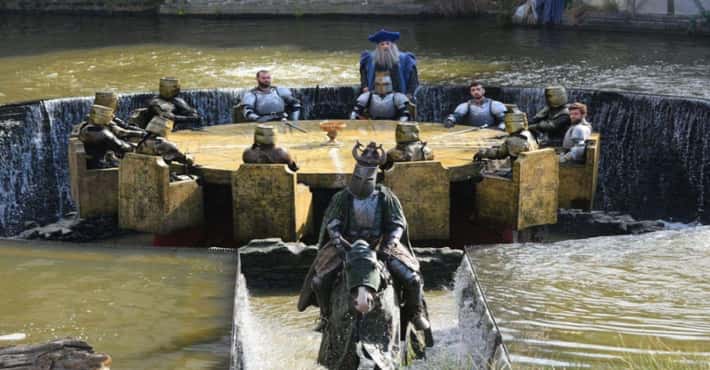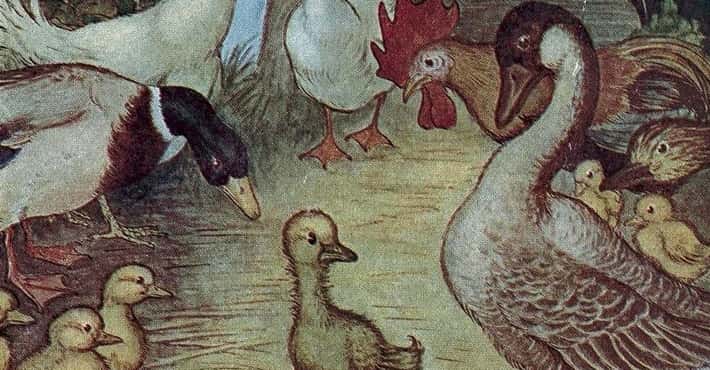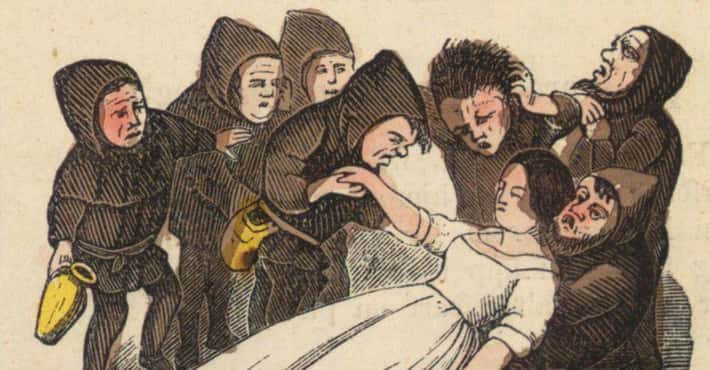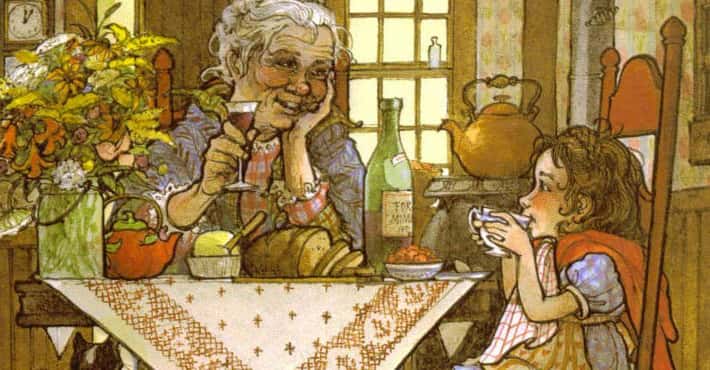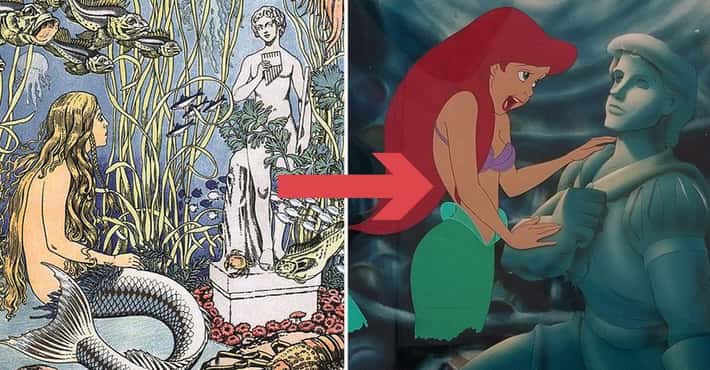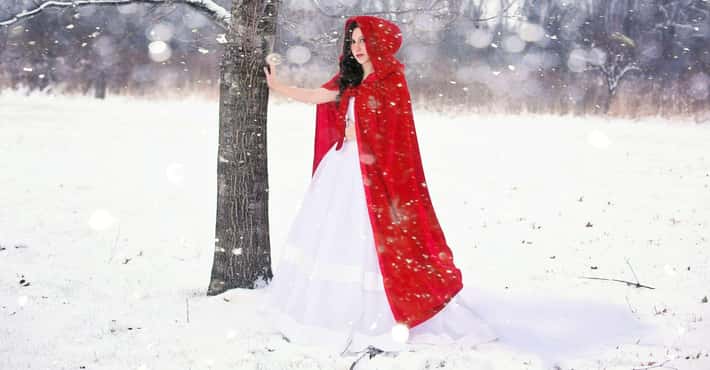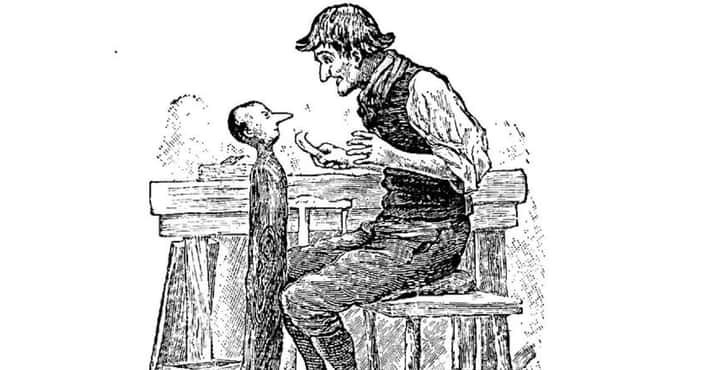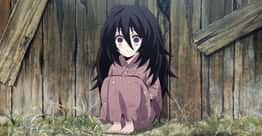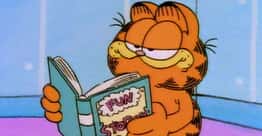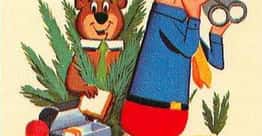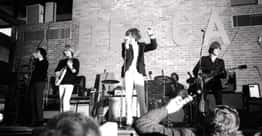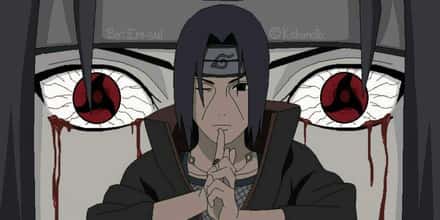The Real Alice In Wonderland Was An 11-Year-Old Girl Lewis Carroll Had An Unusual Relationship With
- Photo: Julia Margaret Cameron / Wikimedia Commons / Public Domain
He Marked The Day He First Met Alice As Being Very Significant
On April 25, 1856, Dodgson, then 24, first met Alice Liddell and her sisters while they were playing in a garden. He later wrote in his diary that the date had a special significance. At the time, he was busy photographing the cathedral, and the girls were drawn to him, curious about the then-new-fangled technology he was using.
The family later asked him to take pictures of them. He had dress-up clothes and toys in his studio to entertain the girls, and, for a time, he was nearly as famous for his photography as he was for his writing.
- Photo: Lewis Carroll / Wikimedia Commons / Creative Commons
Caroll Developed His Famous Story After Taking A Boat Ride With Alice And Her Sisters
On July 4, 1862, Dodgson took a boat ride from Oxford to Godstow with Reverend Robinson Duckworth, and his good friend Dean Henry Liddell's three daughters: eight-year-old Edith, 10-year-old Alice, and 13-year-old Lorina. Dodgson was tasked with entertaining the children and created a delightful story with a multitude of strange and unusual characters.
He made Alice the protagonist. For her part, young Alice enjoyed the story told on that boat ride so much she asked Dodgson to write it down – and one of the most memorable and long-lasting young adult novels was born.
- Photo: Lewis Carroll / Wikimedia Commons / Public Domain
Carroll Had Numerous "Child Friends," But Alice Was Particularly Special To Him
In 1960, historian Martin Gardner published The Annotated Alice (revisions were made in 1999.) He noted that Carroll befriended many young girls over the course of his life, but Alice was different from all the others.
A long procession of charming little girls (we know today that they were charming from their photographs) skipped through Carroll's life, but none ever took the place of his first love, Alice Liddell. "I have had some scores of child-friends since your time," he wrote to her after her marriage, "but they have been quite a different thing."
- Photo: Lewis Carroll / Wikimedia Commons / Public Domain
His Photography And Paintings Raise Questions About Social Values In Different Eras
What appears to a modern observer to be Dodgson's questionable fascination with young girls has caused biographers to examine what type of relationships he had with the children he wrote about, took photographs of, and painted. Most of his subjects were girls between the ages of 10 and 15. While much of his photography portfolio is missing, more than half of his remaining work concentrates on undressed or semi-undressed portraits of girls. Some suggest this is evidence he may have been a pedophile. Before he passed, he wrote, “A girl of about 12 is my ideal beauty of form.”
However, during the Victorian era, it wasn't uncommon for unclothed photos of children to be depicted on postcards, birthday cards, or works of art. Children were considered innocent beings. These depictions were not of a sexual nature but of chastity and purity.
This of course raises the debate over whether Dodgson's art had a darker, deviant purpose, or whether viewing that art through the lens of modern culture has corrupted an otherwise pure intent. This question still has no clear answer.
- Photo: Lewis Carroll / Wikimedia Commons / Public Domain
His Relationship With Alice Abruptly Ended
In 1863, something happened between Dodgson and the Liddells that severed their relationship for quite some time. Prior to that, he saw the children nearly every day. Scholars don't know what caused the rift, but Dodgson stopped socializing with the Liddells for several months.
Following Dodgson's passing, a page in his diary was removed that may have provided some insight. Florence Becker Lennon wrote in Victoria Through the Looking Glass (1945) that Dodgson may have been interested in marrying Alice, who was 11 years old. His proposal may have scared the family because such a thing was not acceptable, even in the Victorian era.
Dodgson eventually reconciled with the Liddells but never again spent time with their daughters. In 1864, Dodgson gifted Alice his book, Alice’s Adventures Under Ground. The following year, when Alice was 12, Dodgson wrote that she had changed as a person.
- Photo: Lewis Carroll / Wikimedia Commons / Public Domain
He Took This Provocative Photo Of Alice As A Beggar Girl
One of his most famous photographs of Alice Liddell was taken by Dodgson when she was six years old; in it, she appears as a beggar girl. She has no shoes on, and her dress is falling off her shoulders. The image may have been inspired by the Lord Tennyson poem "The Beggar Maid." Alice is solemnly leaning against a wall in a garden.
She looks pitiful and yet, due to her ripped and ruffled clothes, serious gaze, and raised open hand (begging or beckoning), the image also takes on an uncomfortably suggestive quality.
- Photo: Lewis Carroll / Wikimedia Commons / Public Domain
He Once Wrote: "I Am Fond Of Children (But Not Boys)"
Perhaps one reason why scholars have questioned Dodgson's relationship with young girls was because he is credited with writing: "I am fond of children (except boys)." He was also an accomplished photographer, and most of his subjects were little girls. He met them in all kinds of places (the beach, on trains, through acquaintances) and became their friend. Alice Liddell, in particular, was one of his favorite little girls.
Artist Gertrude Thomson, who drew pictures of fairies and nymphs, received a letter from Dodgson in which he wrote:
"I confess I do not admire naked boys in pictures. They always seem... to need clothes, whereas one hardly sees why the lovely forms of girls should ever be covered up."
Looking backward, some historians posit that it's impossible to defend or indemnify Dodgson. While he may have felt romantic feelings for his child friends, there isn't evidence to suggest he acted on them.
- Photo: Lewis Carroll / Wikimedia Commons / Public Domain
Carroll Penned Warm And Suggestive Letters To His Young Friends
Dodgson was bold about the tenderness (and possible romantic love) he felt for his young female friends. He once wrote to a 10-year-old girl that he was happy to have her hair to kiss, but he'd rather kiss her instead:
"Extra thanks and kisses for the lock of hair. I have kissed it several times - for want of having you to kiss, you know, even hair is better than nothing."
It was common for Dodgson to write these types of things in his letters. In another, he wrote to a mother about bringing her daughter to dinner:
"And would it be de rigueur that there should be a third to dinner? Tête à tête is so much the nicest."
- Photo: Lewis Carroll / Wikimedia Commons / Public Domain
There's No Evidence To Suggest He Acted On What May Have Been His Impulses
Dodgson spent much of his time with his child friends, and it seems pretty clear that he was attracted to young girls in some manner. But there's no evidence that he had sexual relationships with any of them. He once mentioned he was afflicted by "the inclinations of [his] sinful heart." However, in his own words, he was able to square off against his impure thoughts by focusing on his mathematics work, writing that performing calculations helped combat "unholy thoughts, which torture with their hateful presence, the fancy that would fain be pure."
In 1933, writer A.M.E. Goldschmidt submitted an essay to Oxford called “Alice in Wonderland Psycho-Analysed.” He insinuated that Dodgson had sexual feelings for Alice. The proof? Alice falling down the well was a metaphor for copulation. Goldschmidt was not an expert in psychology, yet his commentary spurned others to make similar correlations.
Biographer Morton Cohen examined Dodgson's diaries and determined that the writer was most disturbed and had problems sleeping following the days he spent with Alice. He dealt with his emotions by writing whimsical stories and ultimately his tour de force, Alice in Wonderland.
- Photo: Charles Lutwidge Dodgson (Lewis Carroll) / Wikimedia Commons / Public Domain
His Final Photograph Of Alice Is Telling
Over time, Alice grew sick of Dodgson's attentions. While he lived like Peter Pan – the boy who never grew up – Alice did grow up. He photographed his muse for the final time when she was 18 years old. The image, taken in 1870, is striking. She is dressed in fine clothes with her hands clasped on her lap. She looks uncomfortable and strained.
If the eyes are truly the window to the soul, then it appears as if she's bored and irritated by the intrusion. After marrying and having three sons (two of whom perished in WWI), she experienced a brief bit of fame in the United States. She wrote in a latter to her surviving son Caryl (notice the name) that she was "tired of being Alice in Wonderland!”
- Photo: Lewis Carroll / Wikimedia Commons / Public Domain
His Obituary Noted He Was Very Fond Of Children
Dodgson's love of children was not only well known, but it was also celebrated. His obituary in the London Daily Graphic described him like this:
“like many bachelors, he was very popular with children and very fond of them.”
His nephew Stuart Collingwood noted that his uncle had several "child friends," and he wrote a biography that included two chapters about these girls. He mentioned how Dodgson would regularly hug and kiss the children. And even though Dodgson was friends with women as well, these friendships were not included in the book. In general, people viewed him as kind, generous man who got along very well with kids.
- Photo: Julia Margaret Cameron / Wikimedia Commons / Public Domain
Alice Nearly Married Queen Victoria's Son
As a teenager, Alice Liddell met Queen Victoria's youngest son, Prince Leopold. The pair fell in love, but couldn't wed because she was not of royal blood. Alice married a man named Reginald Hargreaves, and the prince tied the knot with a German princess. In 1883, Leopold had a daughter whom he named Alice.
In turn, Alice named her second son Leopold, and her first love became his godfather.


